Start with our Chatbot. If it can't help, you'll have the option to be connected with a Librarian.




Check out this short video (5:30) from the University of Minnesota for tips on reading scientific articles.
| Analog Options | Digital Options |
|---|---|
|
Notecards |
Spreadsheet |
|
A Research Journal |
Citation Management Software Some popular ones are Zotero, Mendeley, and EndNote (Web). |
 What is considered "common knowledge" can vary within a discipline. When in doubt, cite it or ask your instructor.
What is considered "common knowledge" can vary within a discipline. When in doubt, cite it or ask your instructor.
There are many different types of academic and professional writing styles. The four guidebooks below represent some of the major ones. Use these guides to learn how professional researchers and writers prepare their manuscripts for publication or sharing.
Fields |
Humanities - Especially Literature and Language | Social Sciences - Especially Psychology | Humanities & Social Sciences | Some Sciences - Especially Biology, Environmental, and Health Sciences |
ExampleStyleGuides |
MLA Handbook |
APA Publication Manual |
Chicago Manual of Style (e-book) |
CSE Manual |
 For other styles, please search UC Library Search.
For other styles, please search UC Library Search.
Although these resources are not official, they are still credible and very useful! If one of these websites doesn't answer your question, check out the official style guide or contact a librarian for help!


For the ASA style video playlist (7 videos) from USCA Library, visit bit.ly/asa_usca
Pronounced "IHM-rad", this acronym refers to the four (or five!) major section of an empirical research article. The 'a' can stand for 'and' or sometimes 'analysis.'
I - Introduction
What's this study about? What population, or phenomenon, are we studying? Why are we studying it? What gaps in knowledge exist that make this study necessary?
M - Methods or Methodology
How will we answer the questions posed in the introduction? Who or what are we studying? What group (men, women, adults, children, lower economic class, middle economic class, upper economic class, et c.)? How will we study them: survey, experiment? How will we measure our results? How will we measure our results -- what scales will we use?
R - Results
What were the results of all that measuring? This section of an empirical study journal article is likely to have a lot of tabular data: charts, tables, graphs, et c.
AND
D - DISCUSSION
What's it all mean? What impact do the results have on the field or discipline? What gaps in knowledge have been answered?

Copyright @ The Regents of the University of California. All rights reserved.
